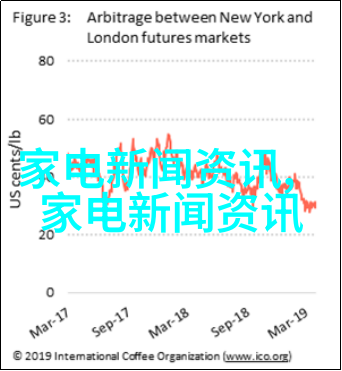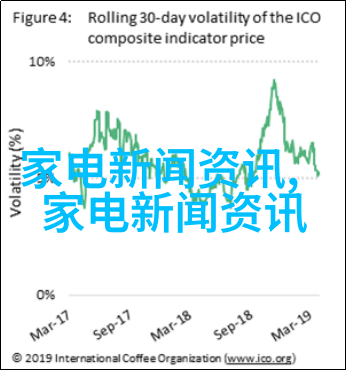Introduction

The fleeting nature of life and the ephemeral qualities it holds have captivated human imagination since time immemorial. In literature, art, music, and other creative disciplines, transience is often expressed through metaphors that highlight its profound impact on our existence. This article explores how visual representations of transience in British art reflect the concept of "昙花的英文" or the fleeting beauty of a chrysanthemum.
The Conceptualization of Impermanence

In English literature and poetry, words like "ephemeral," "transient," "fleeting," and "impermanent" are commonly used to describe things that last for a short time or exist briefly before disappearing forever. These concepts are deeply rooted in religious teachings such as Christianity's emphasis on mortality ("all flesh is grass") and Buddhism's Four Noble Truths which include suffering due to impermanence.
Biblical Roots: All Flesh is Grass

Biblical verses like 1 Peter 1:24-25 emphasize the transient nature of material possessions ("All flesh is grass; all its glory as something fading away..."). Similarly, Psalm 103:15-16 states that humans' lives are but a breath while their years go by like puffs blown away (Psalm 103:15-16). These verses contribute to shaping Western perspectives on impermanence.
Literary Expressions

Shakespeare's Sonnet No.18 famously says that his love shall not fade with passing time because it remains constant despite physical decay ("So long as men can breathe or eyes can see / So long lives this and this gives life to thee"). This sonnet reflects an enduring aspect amidst transience.
The Fleeting Beauty of Chrysanthemums in English Literature

Beyond Words: Visual Representations
7.Conclusion



